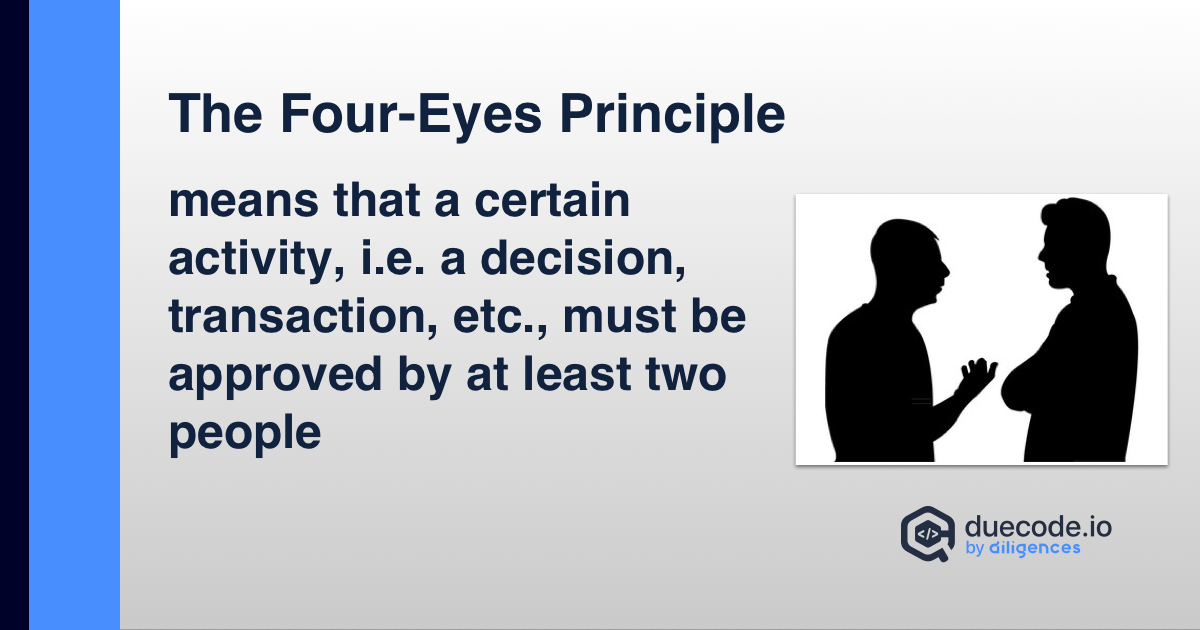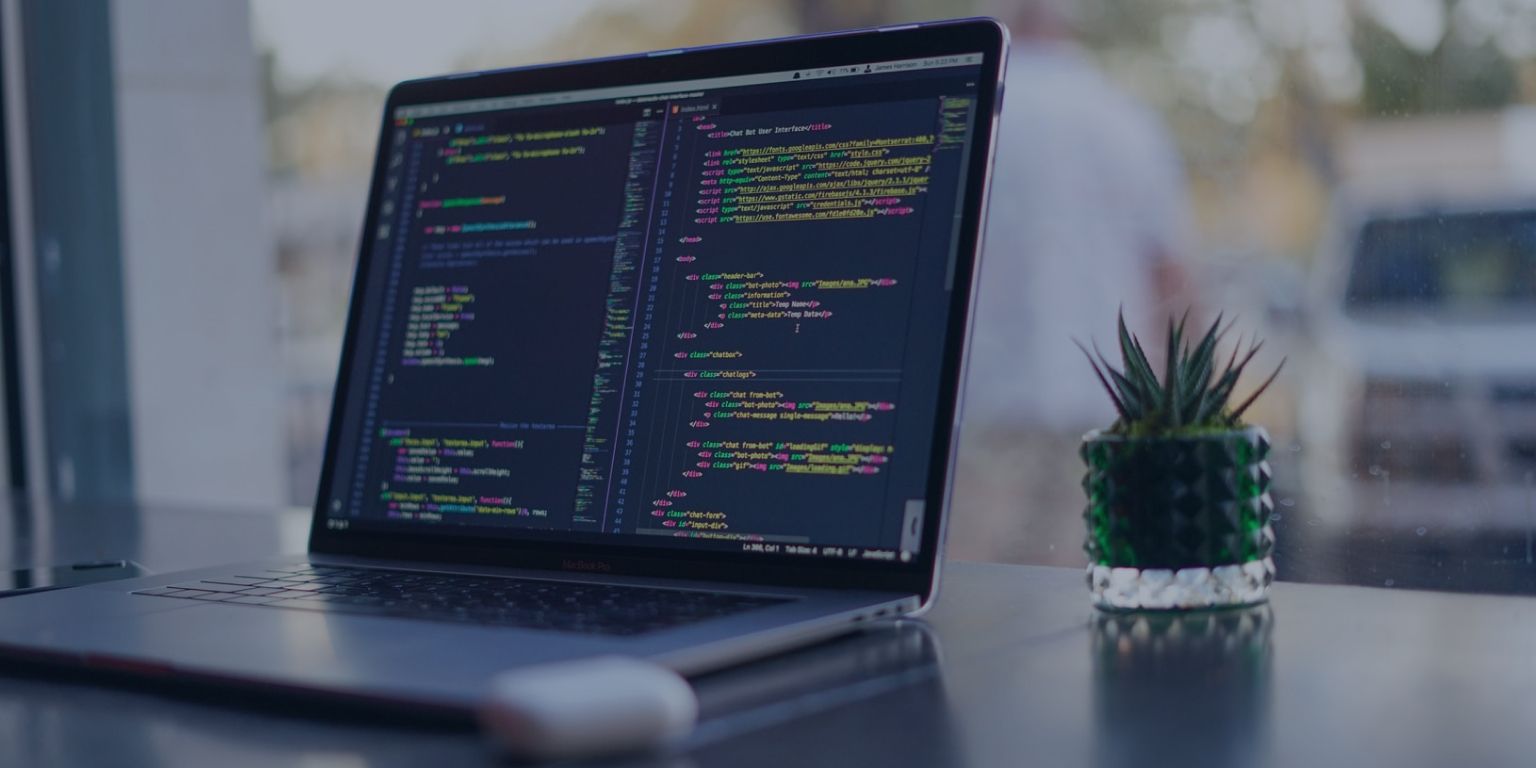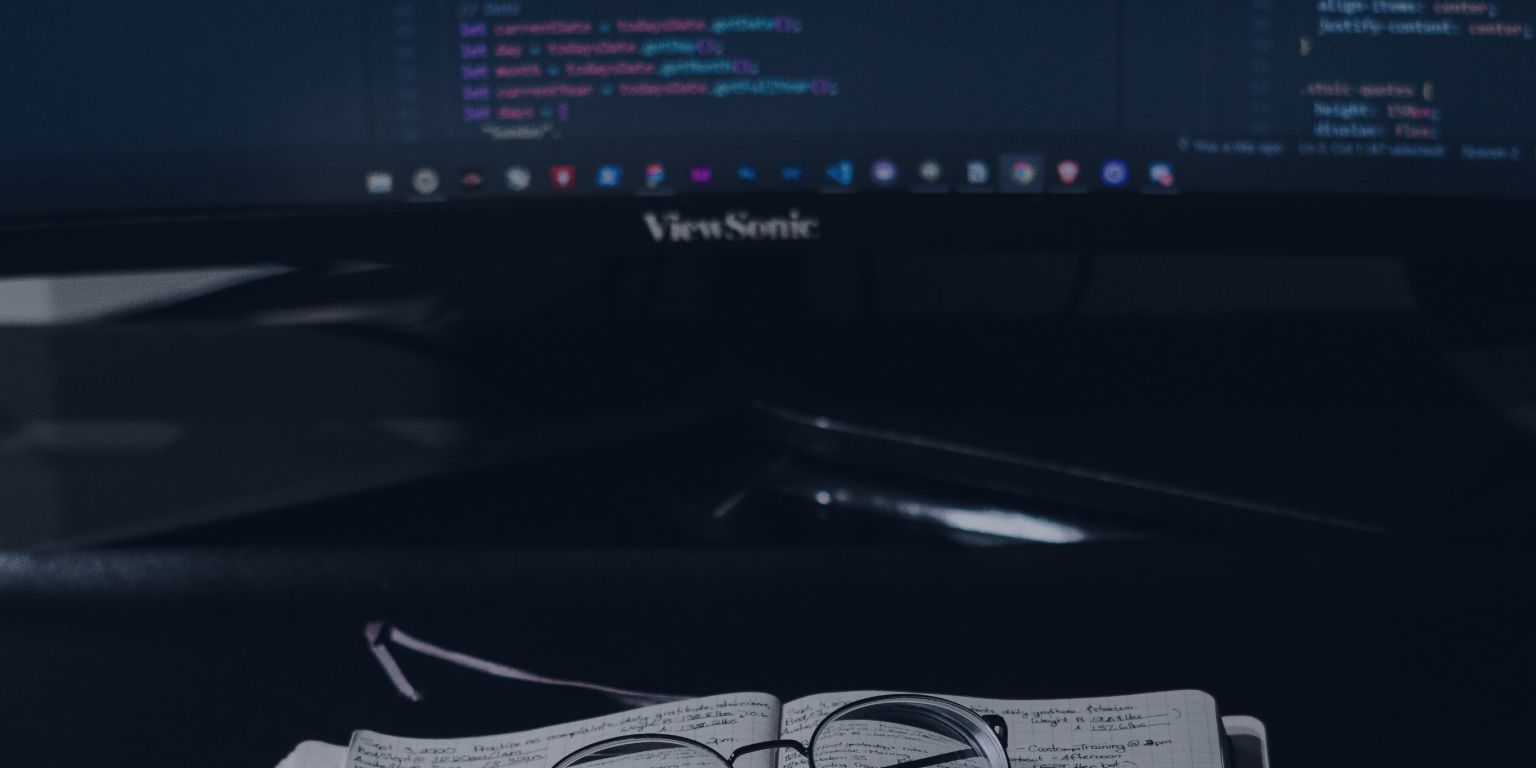How Can I Improve My Code Quality?
26 October 2020 9 min read

Video Version Of This Article
Audio Version Of This Article
When producing good software, the quality of code exhibited during the process of coding plays a huge role in determining the end product. Sole developers, teams, and managers who are hired are expected to keep up certain simple disciplines and use dedicated tools where suitable to improve their code quality.
In this article, we are going to look at a few points a developer or one in charge of managing the end product would put into consideration to ensure good code quality.
First, we start by defining what good quality code is. If it can be read and understood at once, has minimal bugs, follows standard code rules, and successfully does what it has been built to do, then that code is of good quality.
Things like code reviews, tools, testing, management, code styles, and standards, among others, make the foundation for a developer to count on if he/she is thinking of an excellent product. For example, a software engineer manager (the management) responsible for checking the code quality could come up with organizational systematic measures to encourage the developers to maintain quality code.

Reviewing The Code
Taking time to review code every after significant changes and features are added helps the developer in a way that the developer will quickly solve errors that would spoil the quality of code as well as saving him/her time and costs to maintain the program.
Having at least two people, including the writer of the code to go through it with the help of a method called the pull request. Pull request is one of the ways to review code where developers on platforms like Github upload their work in repositories where collaborators carry out a code quality analysis.
Reviewing the code creates awareness of whether it abides by the standard code rules/code style and also helps in cases where the team has to follow certain coding convention guidelines of the organization/software developing company.
If more time is spent to review code, it creates ample time to add more features, and less time will be spent fixing the remaining bugs at the final stages of the coding process. This also means less time will be required to maintain the program later.
After reviewing the code, the developer may engage in discussions to get ideas and advice on how the code could be made better.
Continuous Integration
Continuous integration is usually abbreviated as CI. It is where the code changes from multiple contributors (a team) working on the same software project are frequently automatically updated in a central repository on specific platforms.
This is done to enable developers on the team to easily identify errors in code and solve them immediately. Putting these pieces of code together to run them on say a daily basis gives a lot of feedback in time to avoid uncertainty at the time of deployment.
Tools like Jenkins, Circle CI, Gitlab CI, Codeship, Team City, Buddy, etc can be used to carry out the practice of Continuous Integration.

Analyzing And Fixing Bugs Immediately
One would say the occurrence of bugs in code is probably unavoidable, which is true. However, timely code analysis to establish the impact of these bugs and what could have caused them is of an advantage to the developers, the management, and the entire organization at large.
Tracking bugs in code can also be done with the help of various tools like JIRA, Bugzilla, Mantis, Trac, Bug herd, etc. Once bugs have been fixed, it puts the developers in a better position where they will improvise measures to prevent the same mistakes from happening again, thus learning from their mistakes.
Tracking And Measuring Code Metrics
Code metrics refers to a set of software measures that provide developers better insight into the code they are developing. These measures include; program vocabulary, program length, volume, the estimated number of bugs in a module, etc.
Duecode is one of the tools used in the practice of measuring code metrics. The tool acts as an analytics dashboard for code projects which aggregates historical git data in teams’ code repositories and can as well be used by an individual developer.
The tool presents the results of its code quality analysis in form of graphs. For example, a line graph monitoring whether/how the developer is refactoring code over time (rethinking the code as changes are made).
Massive copy-paste, which creates high chances of producing bad code and later increasing maintenance costs can also be detected using these code quality checking tools.

Using A Code Linter
A code linter reads code and outputs errors in form of warnings in circumstances where the code is not compliant with the standard of a language.
These errors and warnings may seem insignificant to a developer during the process of coding. However, as they pile up over time, they create a huge workload. And that is why it is advisable to pay attention to them and immediately find solutions.
Evaluating the code according to the standards maintains clean and steady coding progress, which leads to better code quality hence improving developer productivity.
For example, a developer programming in python could use Pylint to ensure that his/her code is matching the standard of the Python language as stated in the PEP 8 – Style Guide for Python Code.
Several projects may have their coding style guidelines, and in instances where these guidelines conflict with the convention of the standard language, the project-specific guides are considered.
Research
Reading more books/articles published by experienced developers and participating in forums with topics about making code better could also be a better way to improve developer productivity in terms of good code quality.
Those are some of the ways code quality can be improved to ensure that the team's workflow is generally aimed at having excellent software for the client/end-user.
The Four-Eyes Principle For Measuring Code Quality
The four-eyes principle is a simple concept to grasp and apply to measure code quality. It means that the code is reviewed by at least two individuals, including the creator. The pull request method is one of the most common nowadays.
It would be best if several factors are considered during measuring code quality.
● Check if the code violates the code convention rules. This method can be automated using a linter in a pipeline. However, it is still done manually on occasion.
● The maintainability of the code and error handling are two other aspects that can be tested but cannot be done automatically.
● Examine the code for errors. Is this piece of code complete in terms of the scope of the function as it was designed?

Coding Guidelines
It's essential to keep track of coding conventions. However, before one starts making a list of coding conventions, make sure that everyone on the team is on the same page. It will almost certainly coincide with a flurry of debates about favored traditions.
● Make a list of coding conventions that include how variables should be declared, naming conventions, and so on.
● Add an infinite number of rules to this list, and the number of laws can vary.
● One must do their best work for him and their and group; if the team feels like it, feel free to add new rules to the list of conventions. Similarly, excluding away from the list is possible.
It's essential to stick to the coding conventions once a list has been compiled. As previously said, the preferable method is to use a linter in the pipeline to verify the coding conventions because it does not require any manual behavior.
● Install the linter on the local environment if that isn't an option.
● Use the linter regularly, at the very least, before each commit. Since the code is more uniform, this would significantly improve the readability and maintainability of the codebase.
Since one can reuse high-quality code, it can speed up long-term software creation. Because many developers don't have to spend too much time fixing bugs and polishing code. This also makes it simpler for new people to get involved with the project.
Coding Guidelines Have The Following Benefits
● Coding guidelines improve the software's performance while also reducing development time.
● Coding guidelines aid in the early detection of defects, lowering the additional costs incurred by the software project.
● As coding standards are followed correctly, the software code becomes more readable and understandable, reducing the code's complexity.
● It lowers the software development's hidden costs.
Continuously Test To Measure Code Quality
The higher the standard of the code, the more minor bugs it contains. Thorough testing weeds out critical flaws and ensures that the code functions as expected.
When it comes to improving code quality, having a consistent test strategy is critical. Every code should be unit tested at the very least. It's also easier to choose to do other types of testing, such as integration or regression testing.
According to the evaluation pyramid, unit tests can account for most difficulties in a software project. It is because they are inexpensive and fast. There are several resources available to aid in the development of unit tests and code coverage reports.
Continuous integration allows one to run the test suite and generate a code coverage report automatically. It's also possible to cause a build to fail if the code coverage falls short of the necessary percentage.
Make Time To Pay Off Technical Debt
One must set aside time for it, just as they must for any other essential job. Giving the developers time to go back and maintain the code base is the simplest way. The job should be concentrated on instead of finishing it in bits and pieces when they have a spare 5 minutes when they have committed and prioritized time.
Most developers are aware of areas of their code that they could change, but they never get around to improving them because they have too much else on their plate.
Clear Code Is Better Than Clever Code
One can write code in a variety of ways. Also, one can do basic tasks like traversing an ArrayList to find a specific value in various ways. If they want, they can use the for loop and if statement, a while loop, a for-each loop, or even a lambda. Any suggested method would be easy to read and understand with such a simple example.
But, what about a complicated procedure with lots of conditionals, loops, and lambdas with parameters named "i", 'j', and the dreaded 'k'? That's when coding begins to get complicated, and developers have to spend some time figuring out what's going on.
When writing code, bear in mind the individual who will read it. Is it going to be easy for them to obey the code and figure out what it all means? Are those variables and methods called correctly?
One should optimize their code for reading and note that one will end up with neither if they compromise quality for results.
To Understand the Code Comment Why, Not What
If one comes across a piece of code with many comments, that's generally a bad sign. It should not be necessary to explain good code, just as it should not be necessary to present a good joke.
The code in question should be checked and refactored until one can interpret it without relying on the comments to explain what's going on. That isn't to suggest that one shouldn't use comments, but they should be used wisely and not hide lousy coding. To prevent this, write expressive, self-documenting code in the first place.
Anyone Can Write Better Code
To conclude, we recommend focusing on the following efforts to help one improve the quality of their code.
● When developing, use a linter. Even better, incorporate a linter into the build process.
● Make thoughtful remarks.
● Don't overuse comments in the code, but make sure they're good ones when they're necessary.
● Make sure the code is readable.
● Make sure that someone who has never seen the code before can read and understand it.
● Software testing should be prioritized.
● Start testing the apps as soon as possible, and don't stop.
● Perform code checks.
● Don't turn positive feedback into a point of contention.
● Inquire, debate, and take notes.
It is far from a comprehensive list of ways to enhance the consistency of a code. There are, however, critical steps to take in order to strengthen the surface of the code.
Maybe one didn't write poor code before they started doing this stuff. These, on the other hand, can assist them in taking their coding experience to the next stage. When they will look back on their previous projects and compare them to the ones they are working on now, they will see how far they've come. We hope that these pointers will help everyone achieve the same results, no matter where they start.
Want to learn more about code quality? Take a look at the "Complete Code Quality Guide".
FURTHER READING
- Complete Code Quality Guide
- Code Quality Tools
- Code Quality Metrics
- Code Quality Standards
- How to measure, check and improve code quality:
-- How To Check Code Quality?
-- How To Measure Code Quality
-- How To Build A Website With Good Quality Code?
Updated on June 9, 2021





